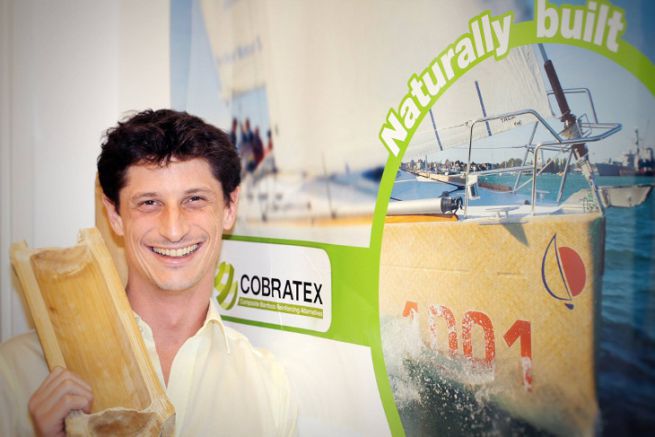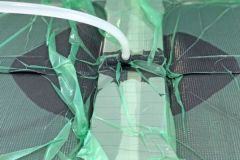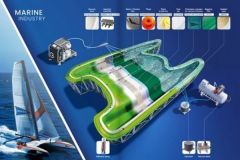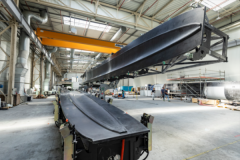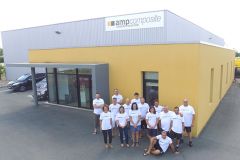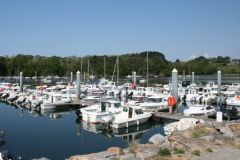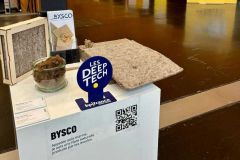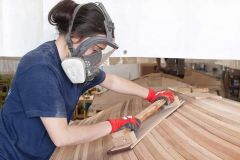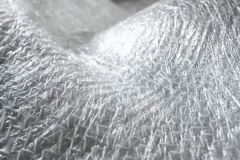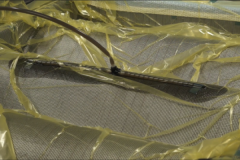A clean, solid and beautiful material
As Guillaume Beuvelot, sales manager at Cobratex explains, the company was created to do ecodesign and make composites less grey and greener. After 6 years of market observation, its founder, engineer Edouard Sherwood launched Cobratex in 2013 to develop the use of bamboo in composite materials. 3 times lighter than fiberglass, with a density between 0.7 and 0.9, bamboo has equivalent mechanical characteristics while being more environmentally friendly and more aesthetic.
A patented process
Thanks to numerous collaborative projects and Cobratex R&D, the company has developed a patented, fully mechanical manufacturing process, which reduces energy consumption and preserves the material's mechanical properties. A pilot production line of 9 machines carries out the main steps. The bamboos are"peeled" and the fibres are sorted according to their characteristics. They are then reassembled into strips 2 to 5 mm wide and 1/10 e à 3/10 e thickness. Finally, weavers join them to obtain fabrics classically used in the composite industry.
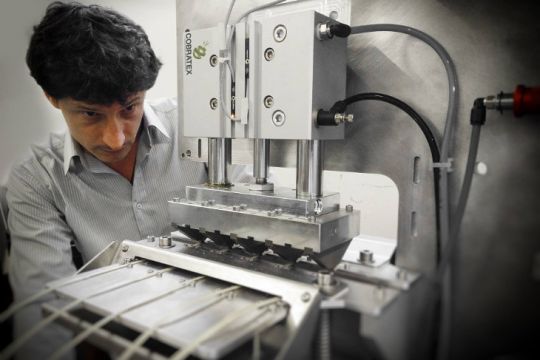
The fabrics thus obtained can be used with any type of polyester, vinylester or epoxy resin. Tests are underway to validate the process according to the various industrial implementations.
First demonstrators
Since the first Cobratex fabrics were produced, the first demonstrators have been produced in various transport industries. A Cobratex fin was on display at JEC World 2017 and the first surfboard using the material is expected to be available soon.
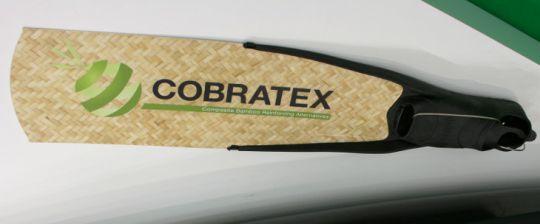
The company is currently raising funds to industrialize production and continue R&D to better characterize materials.
An interest in the nautical sector
Cobratex was present at professional meetings and was able to gauge the interest of the boating industry. Bamboo fabrics should soon be able to be used for the interior design and furniture of boats. A structural use could see the day in a second time, while tests are in progress with the association EcoTransat.

